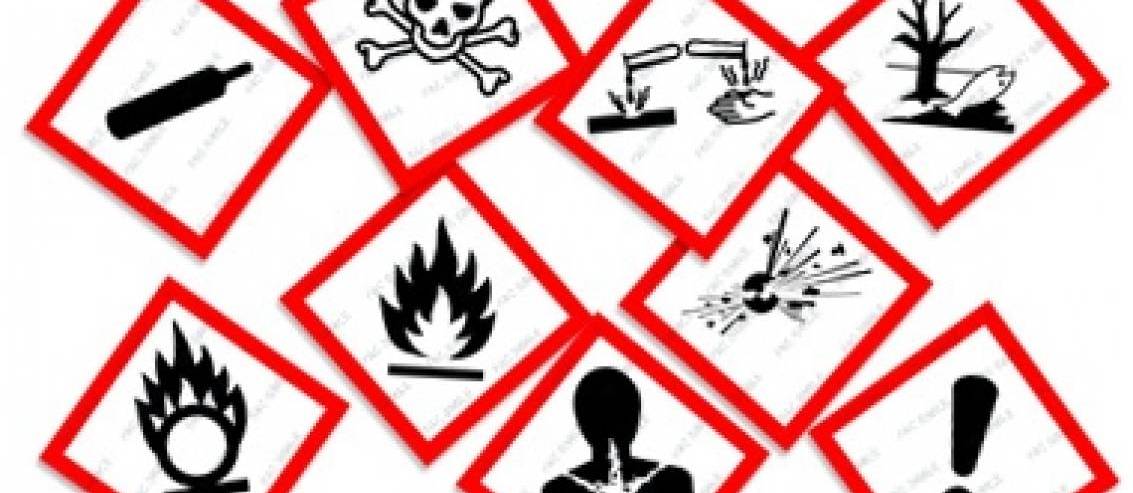On January 1, 2021, the Labor Code 2019 came into effect, thereby changing and adding provisions related to dialogue at the workplace in several instances. The article below will analyze this issue.
From 2021, what specific cases require mandatory dialogue? (illustration image)
1. What is Dialogue?
According to legal provisions, "Workplace Dialogue" is the sharing of information, consultation, discussion, and exchange of opinions between the employer and the employee or the representative organization of employees on matters related to the rights, interests, and concerns of the parties at the workplace to enhance understanding, cooperation, and joint efforts toward mutually beneficial solutions.
This activity helps connect employees and employers in the working environment, allowing the employer to grasp the aspirations and wishes of the employees, promptly adjust, contributing to creating a professional working environment, enabling employees to maximize their capabilities. Moreover, if there is any misunderstanding or conflict between the two parties, this dialogue activity will help resolve the issue.
2. Timing for Organizing Workplace Dialogue
While the Labor Code 2012 stipulated that workplace dialogue be conducted periodically every three months or upon the request of one party, the Labor Code 2019 has expanded the cases where dialogue must be organized as follows:
- Periodically at least once a year;- Upon the request of either or both parties;- When the following incidents occur:
- The employer unilaterally terminates the labor contract;- The employer changes the structure, technology, or for economic reasons;- Labor utilization plan;- Establishment of wage scales, payrolls, and labor norms;- Rewards;- The employer must issue labor regulations;- The employer suspends employees from work.- Encouraging employers and employees or the representative organization of employees to conduct dialogues outside the prescribed cases.
Thus, the law expects the parties to hold dialogues frequently to resolve misunderstandings and create a good working environment for employees. Additionally, labor laws have stipulated this regulation to protect employees, as specific cases directly affecting the benefits and jobs of employees must all organize dialogues.
3. Contents of Workplace Dialogue
The dialogue content includes:
First, mandatory dialogue content as stipulated in point c, clause 2, Article 63, Labor Code 2019.
Second, besides the mandatory content, the parties can choose one or several of the following topics for dialogue:
- Production and business situation of the employer;- Implementation of the labor contract, collective labor agreement, labor regulations, rules, and commitments, other agreements at the workplace;- Working conditions;- Requests of employees, the representative organization of employees for the employer;- Requests of the employer for employees, the representative organization of employees;- Other matters of interest to one or both parties.
It can be seen that besides the mandatory content in specific cases, the contents chosen by the parties for dialogue are related directly to the rights and obligations of both parties. Additionally, these issues often lead to conflicts and disputes if not ensured in terms of both awareness and action. Employers, with the main purpose being revenue and profit, often set demands, and regulations for employees to follow to ensure efficiency and minimize risks. On the other hand, employees’ main goal in working is to achieve a high income, ensuring safe and hygienic labor conditions,... Each party's benefits are the other's main obligations, thus requiring consent or acceptance with a peaceful attitude.
Therefore, if these contents are discussed and suitable solutions are proposed, common concerns will be easily reconciled and potential conflicts resolved.
Legal Basis:
Long Binh
 Article table of contents
Article table of contents










